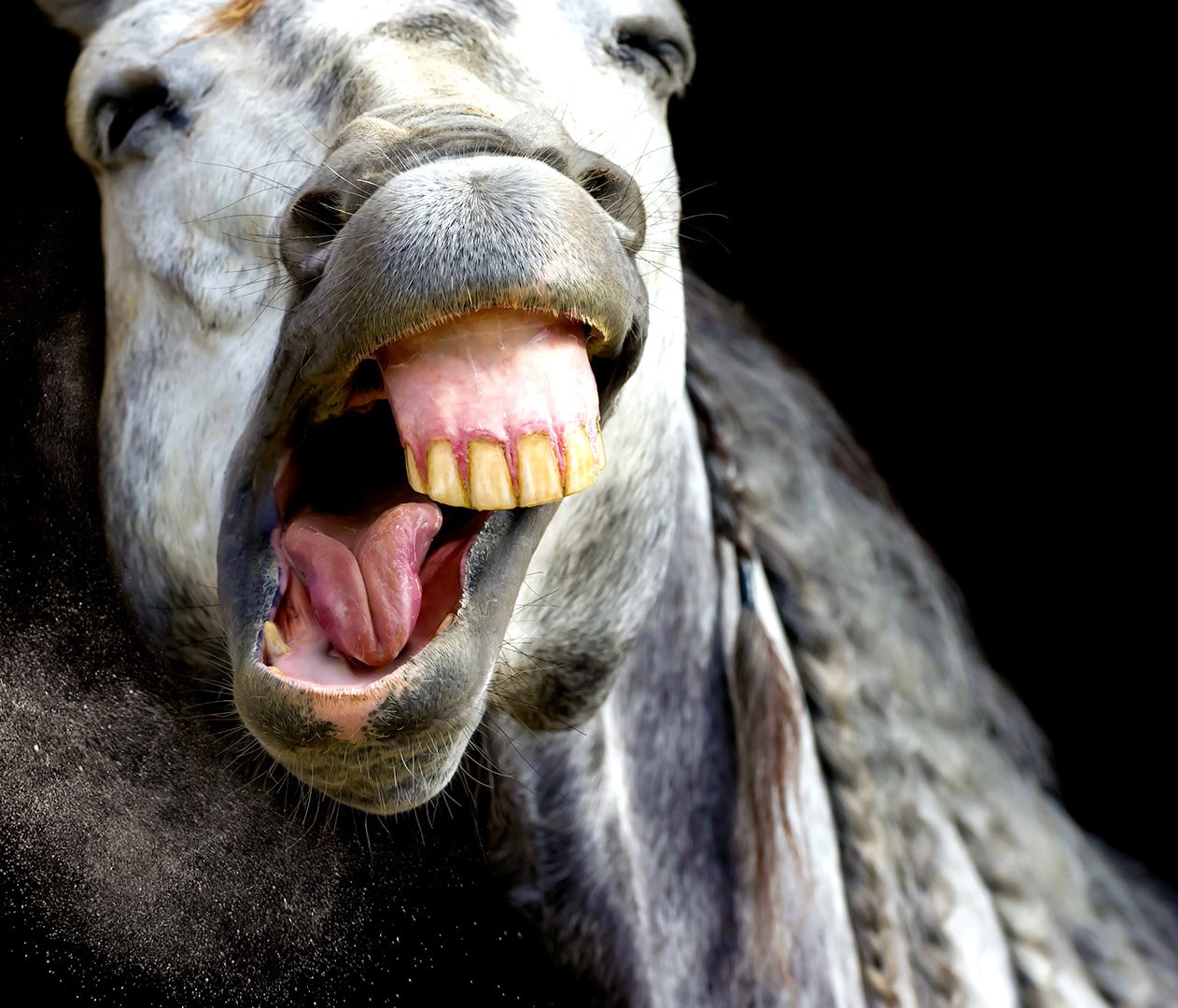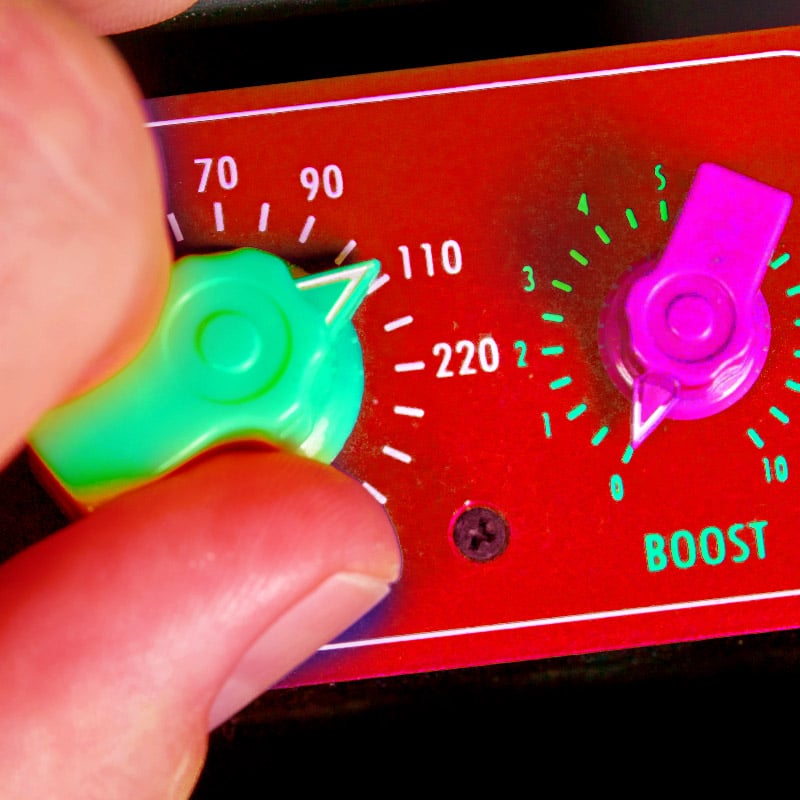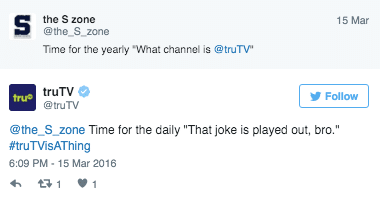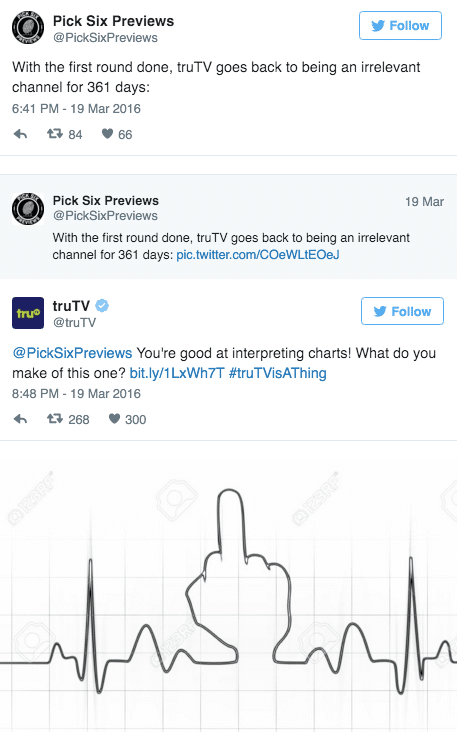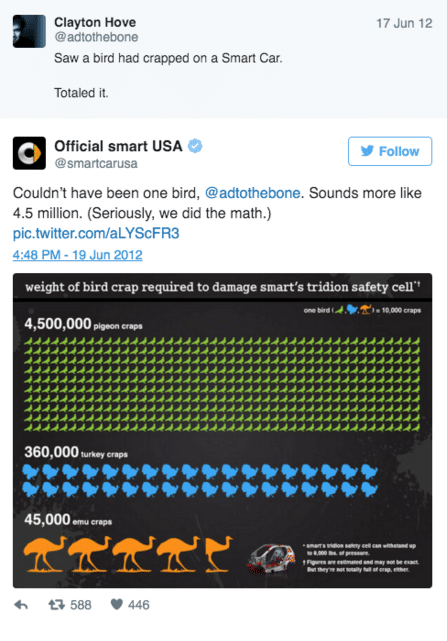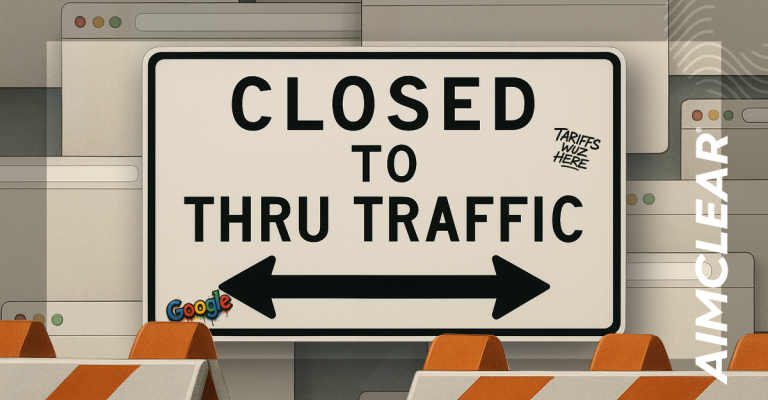Today we’re going to pull back the curtain to examine one of our favorite internet pastimes: Snark. No, not the object of pursuit in a Lewis Carroll nonsense poem. We’re talking about internet snark, the snide and often glorious form of sarcasm that works its way into our Twitter feeds. Sometimes it’s for the better, sometimes it’s for the worse. Is it a domain your brand should play in? How do you know? What are the rules?
To answer those questions, we first have to understand what snark is – or more precisely, what snark is not. Snark isn’t simply anything that makes us laugh. Lots of things make us laugh. Cats annoying babies, for example. But that doesn’t mean they’re snarky. Snarky humor has to have a little bit of sarcasm, a little bit of wit and a little bit of bite. It pokes a needle at its intended target. That’s where it can get dicey for brands and why they must tread carefully when walking the fine line of snark.
Evaluating your brand and snark
Snark is not for everybody nor every brand. Whether or not your brand should pursue some snark depends on a few factors:
Are you a serious brand?
AdWeek keeps a good Twitter list of some of the most recognizable funny brands on Twitter, all of which mix the snark into their repertoire. Notice anything about them? A lot of food, a lot of restaurants and a few brands that have to do with your bowels. None of these sell products that dictate what the brands’ social voices should be, so they have the freedom to be lighthearted if they wish. Why does this matter? Because the next question to ask yourself before being snarky is…
Do people use your brand seriously?
Eating and having bowels are pretty common traits among humans, and neither really necessitates much gravity. They don’t encompass anything that we rely on to keep us safe or hold any deeply personal attachment (except maybe pizza rolls). The point is, people need to be receptive to snarky tweets for the tactic to work. If they’re using your product in a situation that exposes them to risk or vulnerability they probably aren’t in the right frame of mind for a joke, and that can give you a margin of error too small to risk your reputation with.
What does your audience expect from your social presence?
If the answer to either of the first two questions is yes, then snark probably isn’t for you and this question won’t make any difference. But if you’re still with us, this is where you can start to make the decision of whether or not to go ahead and be snarky. If your audience has no clear expectation for your Twitter voice, mix in some snark. For brands with a high expectation of social customer service like auto repair or hotels, the opportunity for snark may be there but your audience will be expecting you to be prompt, friendly and helpful. Your snark could fall flat on its face and embarrass you no matter how funny it feels to you. Tread carefully, community managers.
To snark or not to snark
Here is the number one, top of the list, one ring to rule them all piece of advice to follow when you decide to be snarky:
This applies to YOU, social brand managers. Read it. Internalize it. Believe it. Make it a mantra. No matter how clever you think you are, or how many people tell you you’re the funniest, if you want to be effective at snark you always have to stay doubtful. Why? Because your brand’s reputation is at the mercy of its Twitter account, and that’s a serious thing. The PR cost of a snarky tweet gone wrong is too high to go firing off tweet after tweet assuming you never miss the mark.
This doesn’t mean you can’t try to be snarky. If that were the advice this post would be over. It means: you can’t assume everyone will find your snarky tweet funny simply because you said it. After all, it’s not coming from you, it’s coming from the brand. Make yourself pause and consider whether it’s really funny or if you just think it is. This split second can save you and your brand a world of headaches and potentially future lost revenue.
Successfully Turn up the Snark
Some other advice to follow when you want to turn up the snark:
A little self-deprecation never hurts.
Because snark takes a bit of a shot at its subject, being able to take a shot at yourself now and then helps it go down easier – like a spoonful of sugar. If your brand has shown that it doesn’t take itself too seriously, your audience will be more likely to respond in kind and not take themselves too seriously if you give them the needle.
Know what’s off limits.
The following should be obvious, but we’d be remiss if we didn’t mention: race, gender, sexuality, disability, discrimination, persecution, domestic violence, and deadly disasters (and that’s only the start.) are off the table. If your snark gets anywhere close to any of them, it’s not appropriate. Period.
Doubt = don’t.
When you’re not sure if something snarky will work, don’t do it. If you have to bounce the idea off three other people or discuss it in any type of setting that involves a conference room, don’t do it.
The point is: Be funny, be awesome, but be mindful of the reputation your brand holds with the public and defer to what’s best for the long term. After all, snark is temporary, reputation is forever.
Brand’s That Nail SNARK
For an example of some pretty good brand snark on Twitter, we can look back at how truTV handled its annual March Madness broadcast. More specifically, how truTV handled the annual tweets from college basketball fans making fun of truTV. If you’re not up on March Madness, truTV broadcasts first round games of the men’s NCAA college basketball tournament. College basketball fans, who evidently don’t watch the network much outside of March, frequently mock how few people watch truTV the rest of the year. This year, truTV fought back:
truTV got it mostly right. The #truTVisAThing hashtag and self-deprecating humor proved it can take it as well as it can dish it. Being a comedy network was right up its alley in terms of what people expect of its brand. They expect funny, and that’s what they got. Mostly…
More than 560 likes and retweets, but was it cool for its brand to flip the bird? The folks at truTV clearly thought so but for many brands it wouldn’t be worth the benefit of all those engagements.
Here are a few more snarky wins:
And, of course, a few of the times snark failed. They have been taken down, so we’ll just provide the links:
iHop tries to make a joke about womens’ breasts, fails miserably
Really, has anyone forgotten Kenneth Cole’s Egypt riot misstep?
#Ouch. You can see pretty easily how they missed the mark. Both ventured into topics that aren’t the appropriate place for this kind of humor, or any humor, really.
Now that we’ve looked at the for better and for worse of brands trying to be snarky, and gone over what to ask yourself for a brand considering employing it in Twitter, we hope this helps keep you on the right side of the line between Yes I love them! and I’m done with that brand.
